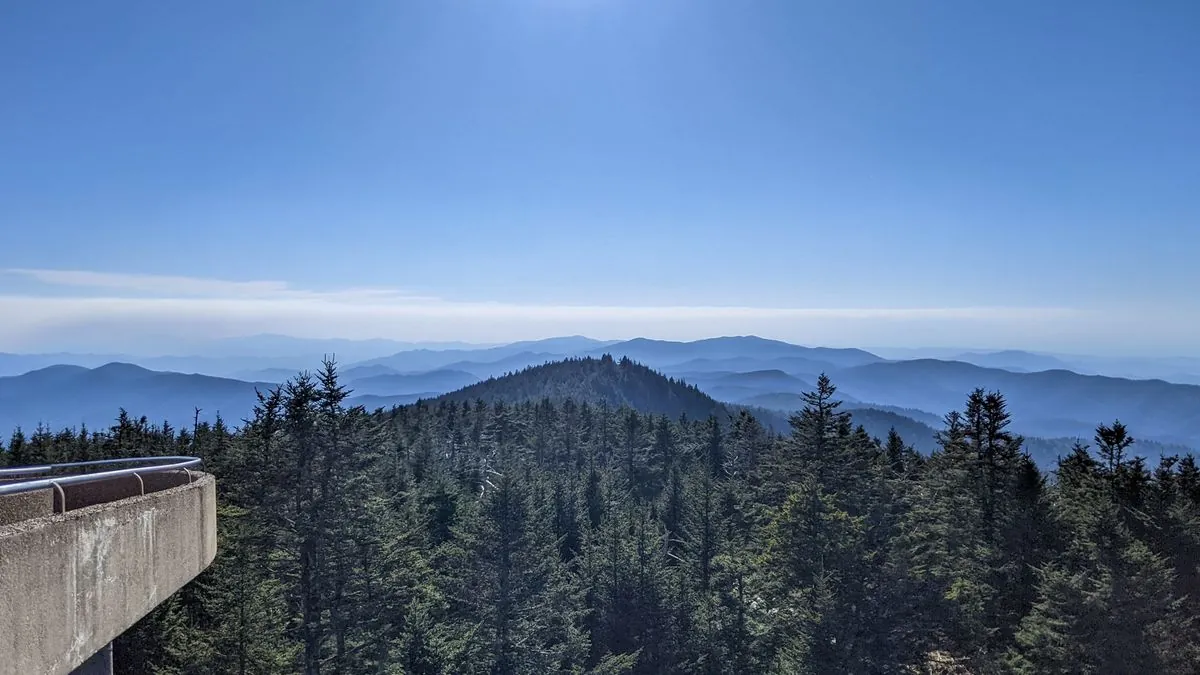Great Smoky Mountains' Highest Peak Reclaims Cherokee Name
The US Board of Geographic Names has voted to rename Clingmans Dome, the highest point in Great Smoky Mountains National Park, to Kuwohi, honoring its Cherokee heritage. This change reflects a growing trend of restoring indigenous names to landmarks.

The highest point in Great Smoky Mountains National Park is set to reclaim its Cherokee name, marking a significant shift in recognizing indigenous heritage. On September 13, 2024, the US Board of Geographic Names voted to change the name of Clingmans Dome to Kuwohi, following a request from the Eastern Band of Cherokee Indians.
For the past 165 years, the peak bore the name of a Confederate general. Now, it will be known by its traditional Cherokee name, which translates to "mulberry place." This decision aligns with the park's commitment to preserving cultural heritage and fostering collaboration with indigenous communities.
Cassius Cash, superintendent of Great Smoky Mountains National Park, expressed support for the change, stating, "The park team was proud to support this effort to officially restore the mountain and to recognize its importance to the Cherokee people."
The renaming process is part of a broader trend across the United States to reevaluate and change names of landmarks that may be considered offensive or controversial. This movement has gained momentum in recent years, with several other parks and landmarks undergoing similar transformations.

Kuwohi holds deep significance for the Cherokee people, being visible from the Qualla Boundary, home of the Eastern Band of Cherokee Indians. The mountain has been a sacred place within the traditional Cherokee homeland for generations, long before the establishment of the national park in 1934.
Great Smoky Mountains National Park, straddling the Tennessee-North Carolina border, is the most visited national park in America. It welcomes over 12 million visitors annually and boasts a rich biodiversity, including over 1,500 species of flowering plants and an estimated 1,500 black bears. The park's 522,419 acres are crisscrossed by more than 800 miles of hiking trails, offering visitors ample opportunities to explore its natural wonders.
The renaming effort was initiated in 2022 by Cherokee members Lavita Hill and Mary Crowe. Hill emphasized the importance of the change, stating, "Naming the mountain after (Clingman) sort of strips down all of the history of the Cherokee people."
While the decision to rename Kuwohi has been met with widespread support, it's worth noting that similar initiatives have faced opposition in other areas. For instance, a proposal to change the name of Wayne National Park in 2023 encountered resistance from some lawmakers.
The process of updating signage, websites, and other materials to reflect the new name is expected to be costly. However, park officials view this as a necessary step in honoring the mountain's true heritage and strengthening ties with the Cherokee community.
As part of its commitment to education and cultural preservation, the park closes Kuwohi for three half-days each year, allowing predominantly Cherokee schools to visit the mountain and learn about its history. This practice underscores the ongoing importance of Kuwohi to the Cherokee people and their efforts to maintain their cultural connections to the land.
The renaming of Kuwohi is a testament to the evolving understanding of cultural heritage and the importance of recognizing indigenous histories in America's natural landmarks. As visitors continue to flock to this majestic peak in the Great Smoky Mountains, they will now do so with a deeper appreciation for its true name and the rich Cherokee heritage it represents.


































